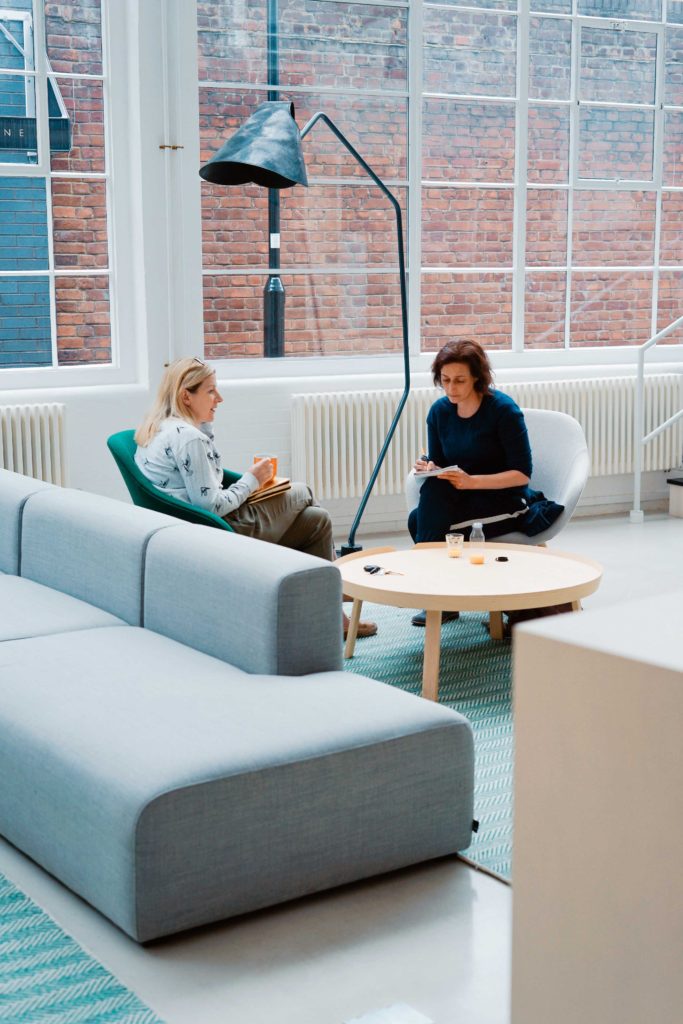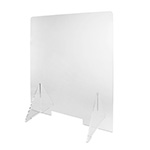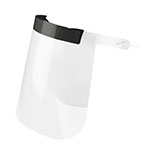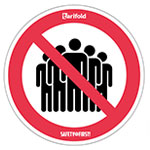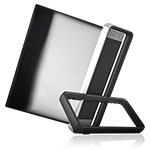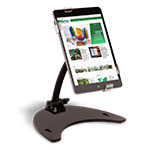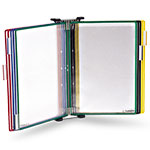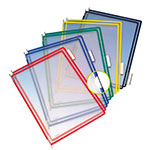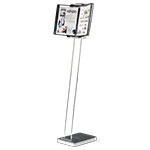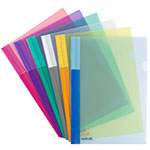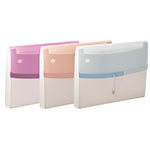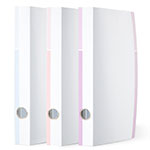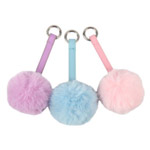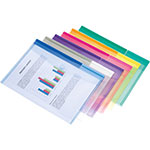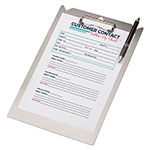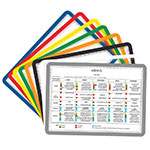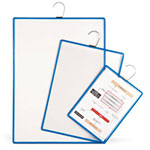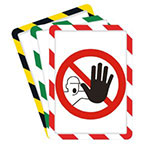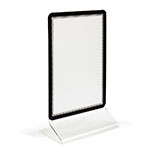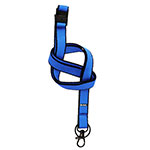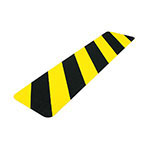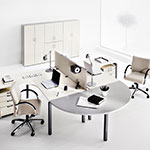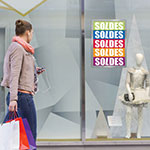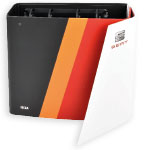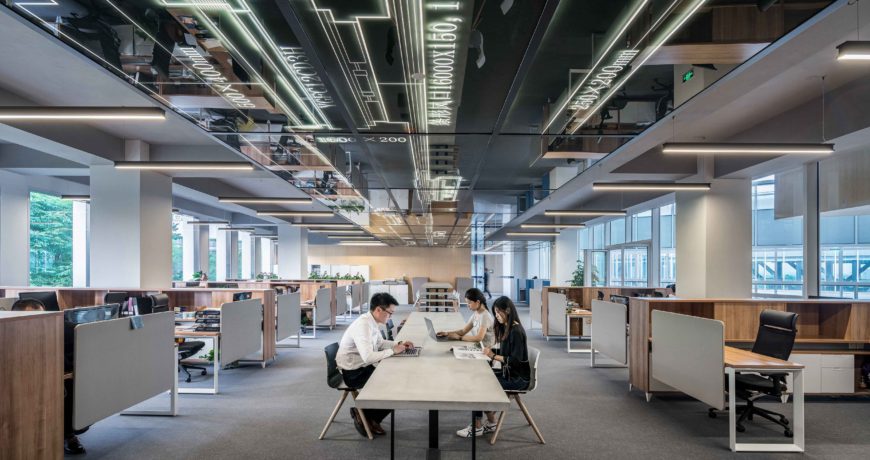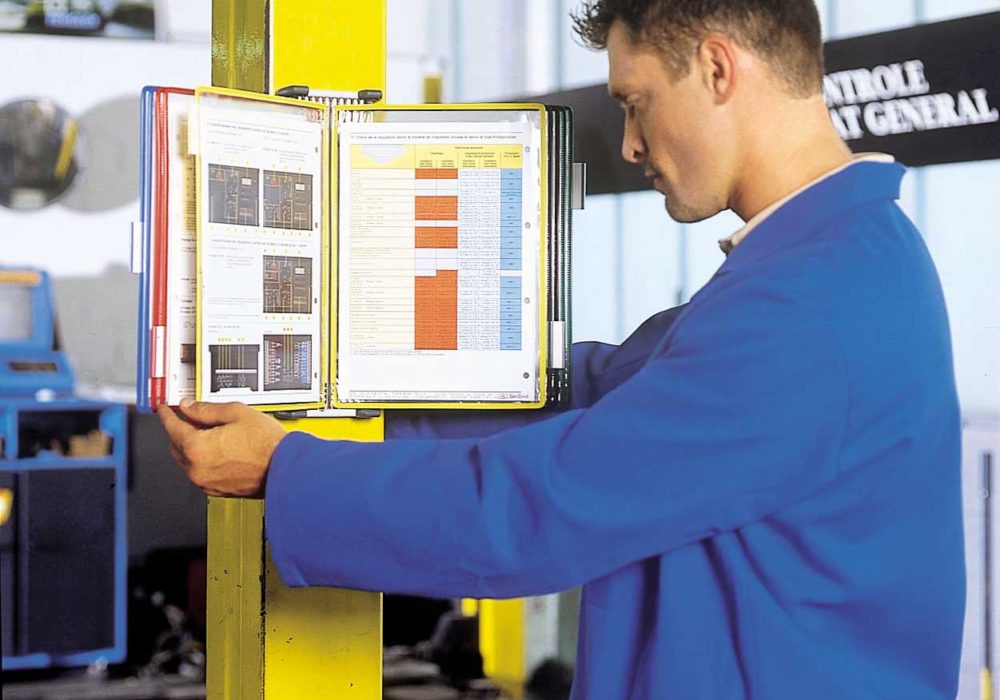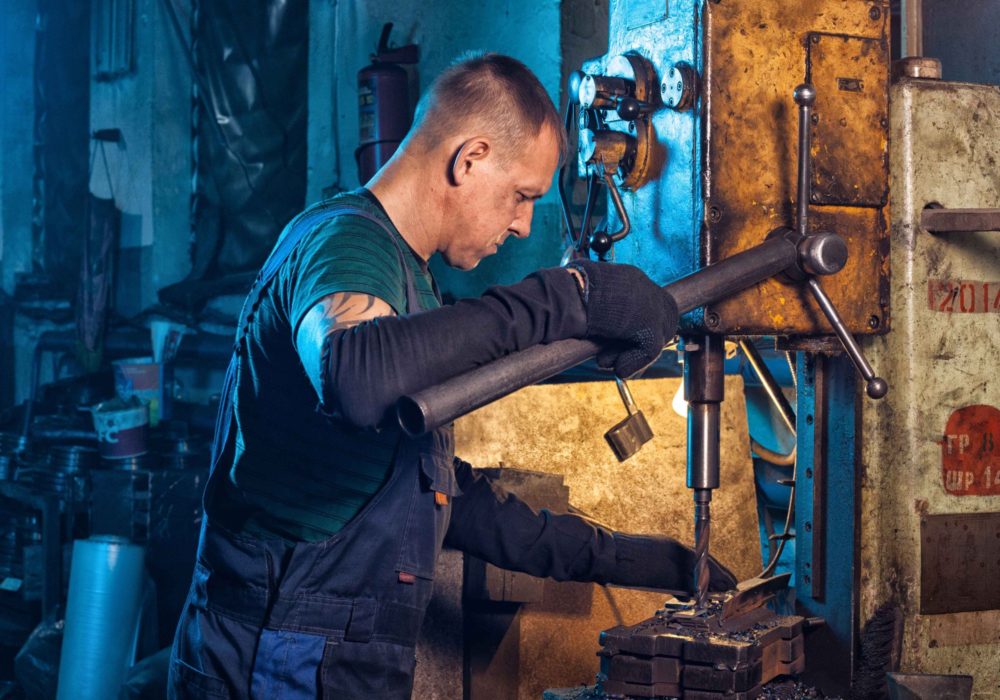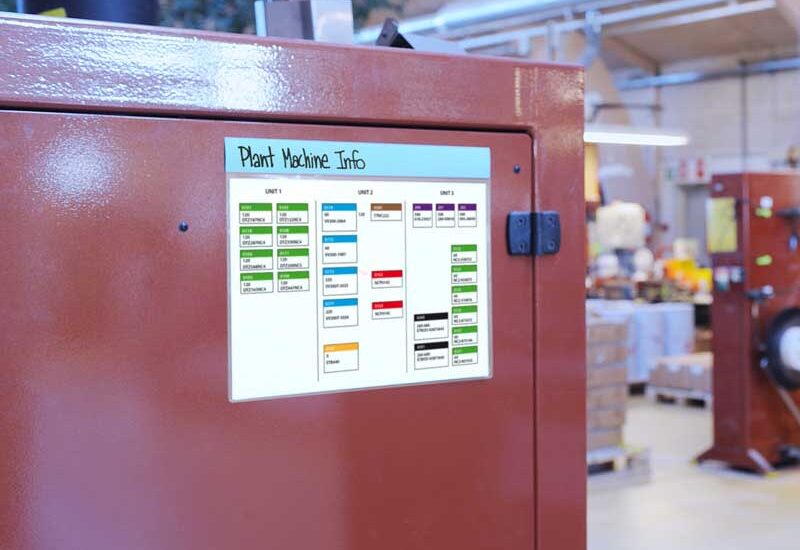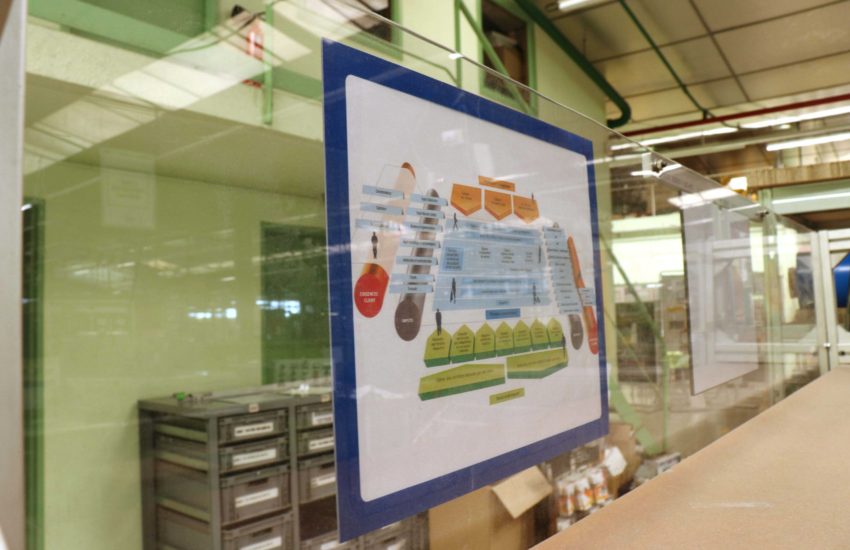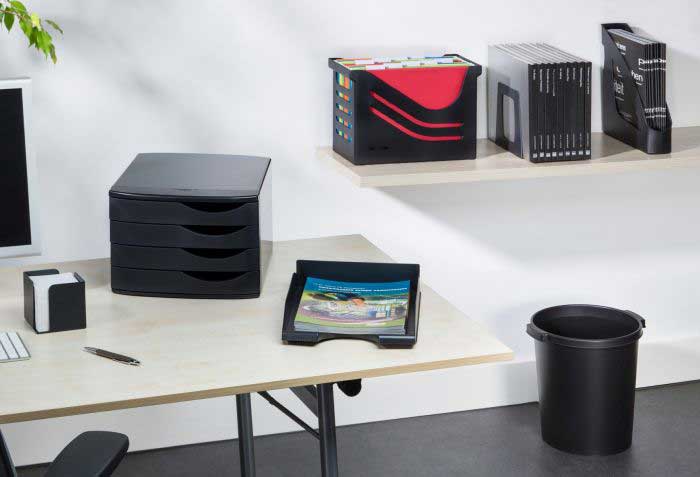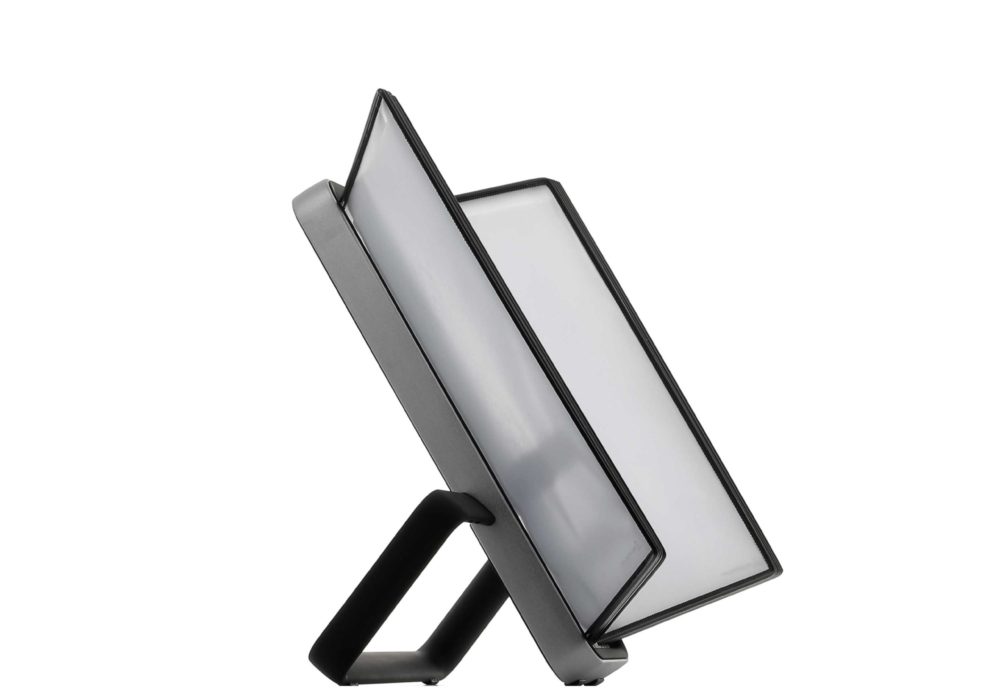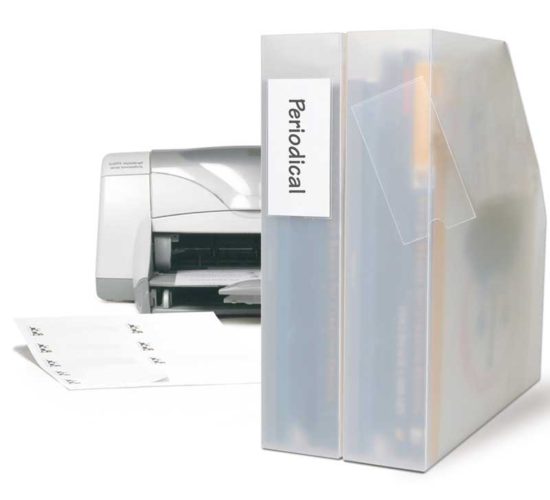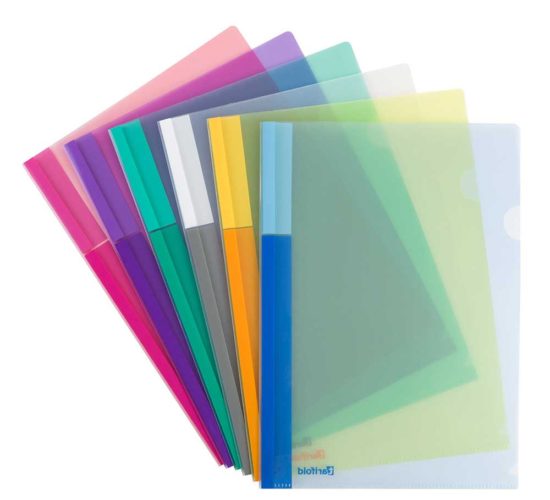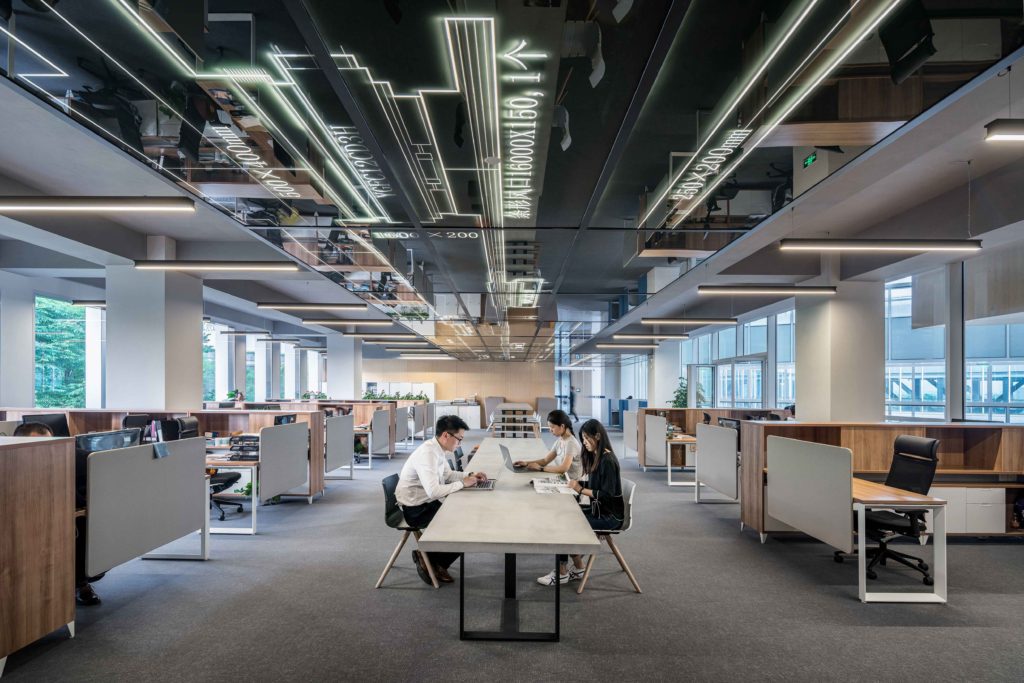
This article gives an overview of optimal workplace organization. Several aspects of what you will read in this article will be detailed in other articles.
In this article, you will find the answers to the following questions:
- What is a good workplace organization?
- Why a well-organized workplace is important for you and your company?
- What specificities need to be considered for a well-organized workplace?
- What equipment ensures you benefit from an optimal workplace organization?
- How to setup an optimal workplace organization?
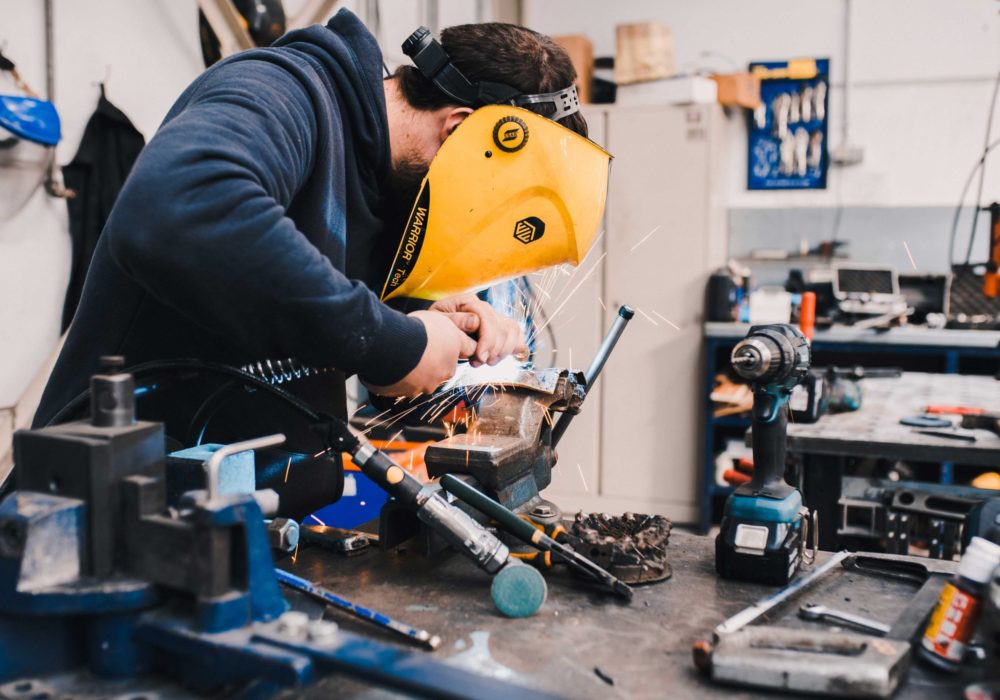

What is a good workplace organization?
Workplace organization is obtained through ergonomics.
Ergonomics is the science of adapting the workplace and its environment (tasks, tools, work methods, materials, productivity objectives, relations with the colleagues…) to the needs of the user. The expression “ergonomics” is also known as human factor engineering.
Workplace ergonomics is composed of three pillars:
- Cognitive ergonomics focuses on human mental functions and well-being. It addresses mental workload, social interactions with colleagues and superiors, motivation, stress, feelings of unskilled performance…
- Physical ergonomics focuses on the relations between the body and the workplace. Some examples of physical ergonomics can be: heavy loads to carry, repetitive actions to do…
- Organizational ergonomics focuses on the organization structures, policies and processes within a company to optimise workflow. It involves communication, teamwork, telework, quality management…(Source)
Workplace organization addresses the physical aspect of ergonomics. A well-organized workplace is a workplace answering the specific physical needs of employees in order to alleviate any physical strain and stress on the body.
The importance of a well-organized workplace
A poorly organized workplace can have several consequences for employees and productivity, such as:
- waste of time
- decrease in motivation
- workplace accidents
- errors
- slow production output
- Etc.
In contrast, a well-organized workplace can contribute to:
- easier work
- increase in productivity
- better comfort leading to higher employee motivation
- lower risks of work-related accidents to employees and equipment.
- lower risk of errors
In addition, according to the Actinéo 2015 barometer of components contributing the most to the quality of work conditions (Source), the criteria that most impact quality life at work according to employees are, in order of priority:
- Quality of relations with colleagues
- Workspace availability
- Level of noise
- Quality of workplace organization
- Air–conditioning
- Lighting quality
- Availability of storage for professional documents
The quality of workplace organization plays an important role in the quality of life at work as perceived by the employees.


Specificities and equipment for optimal workplace organization
When talking about workplace organization, we need to distinguish production areas from office spaces because of their unique and very different specificities. We will detail the optimal workplace organization by function (machine operator, sales rep., secretary, office worker) in an upcoming article.
In production areas:
Machine operators are often exposed to repetitive work, which sometimes requires the handling of heavy materials. This work is generally very physical. Machine operators need to be focused on their efficiency. Consequently, their workplace must enable them to fluidify their work, by quickly making available the information and materials they need to be efficient.
The problematics linked to workspace organizing in production areas are multiple. In addition to efficiency problems, factors such as noise, lighting, high or low temperatures, vibrations and problems with concentration related to the passage of colleagues, are all factors to consider for a well-organized workplace.
The numerous standards governing workplace organization in production areas also need to be considered, especially those ensuring the safety of employees and goods.
Equipment to improve workplace organization in production facilities can include:
- A height-adjustable working surface, to vary work positions and posture
- An ergonomic chair with a footrest
- Display systems for quick and easy access of information used daily
- An ergonomic anti-fatigue mat
- Lightweight and easily movable trolleys
- Access to company databases and software
- Access to the internet to find specific information and e-learning trainings
- A phone to keep in touch with colleagues and get immediately updated information
In offices:
The degree of physical inactivity of someone working in an office depends on his or her function. In most cases, employees are seated. The work is generally repetitive, using a computer mouse and keyboard, physical movement is limited, and posture is affected.
The problematics related to workplace organization in office spaces are noise, often very present in open-spaces, temperature fluctuations and interruptions by telephones or colleagues in person, the position of the workspace in the office, the posture, easy access to all common office equipment. Some of the consequences of these problematics are eye fatigue, headache and musculoskeletal pain that can lead to long term disorders. (Source)
Equipment to improve workplace organization include:
- An ergonomic chair with a footrest
- A monitor support with articulated arms to adjust height and depth of the screen
- Ergonomic furniture including height-adjustable desks
- A vertical computer mouse (joystick)
- Display systems for information used every day
- Adapted lighting
- Access to company databases and software
- Access to the internet to find specific information and e-learning trainings
- A phone
- Filing and storage capabilities
Some other equipment for offices
Steps to follow to implement a good workplace organization
In order to improve the organization of your workplace for your staff here is a step by step guideline on how to proceed:
- Observe the employee in his workplace.
- Define workplace problematics linked to the employee’s job and its specificities (example: height, lack of comfort in some positions, illnesses…).
- Discuss potential physical symptoms (lack of comfort, sore muscles…) and psychosocial factors (workload, defined objectives, relationships with colleagues and management, stress, perception of work…) with the employee.
- Analyse the results: compare with other companies, analyse the attendance rate of employees…
- Propose workplace modifications in line with employees’ needs and the company’s possibilities in terms of budget.
- Have proposed solutions approved by the employee.
- Set up the new workplace organization.
